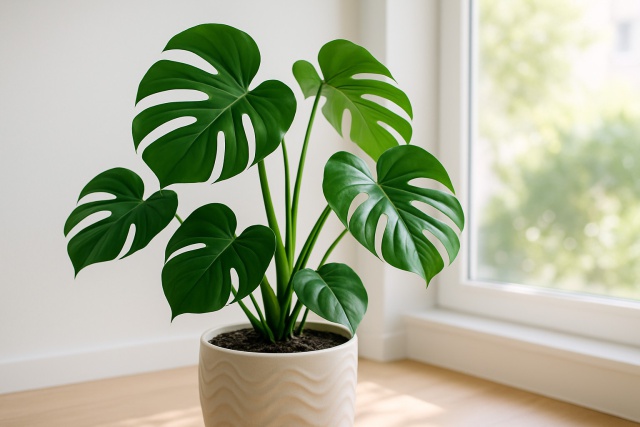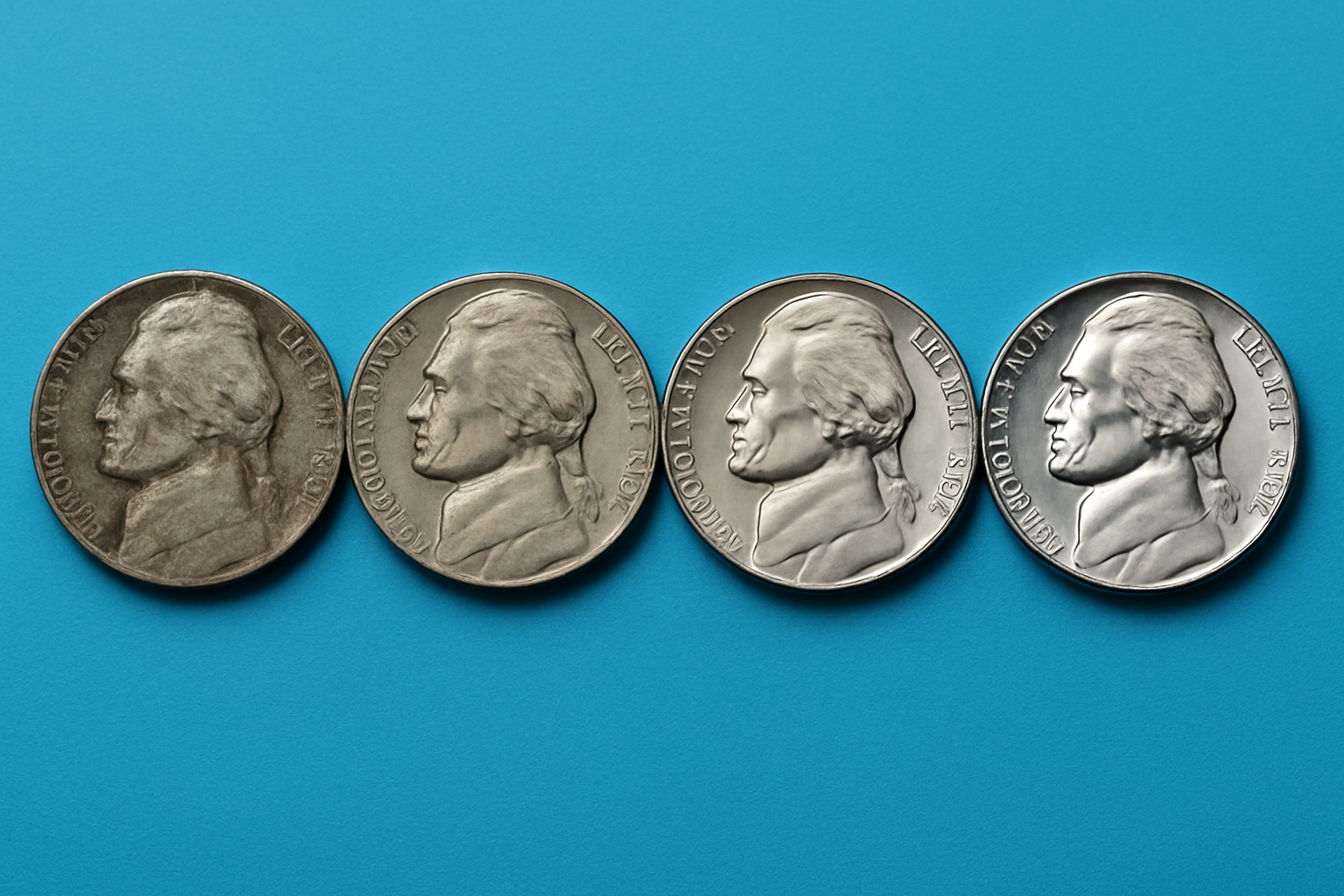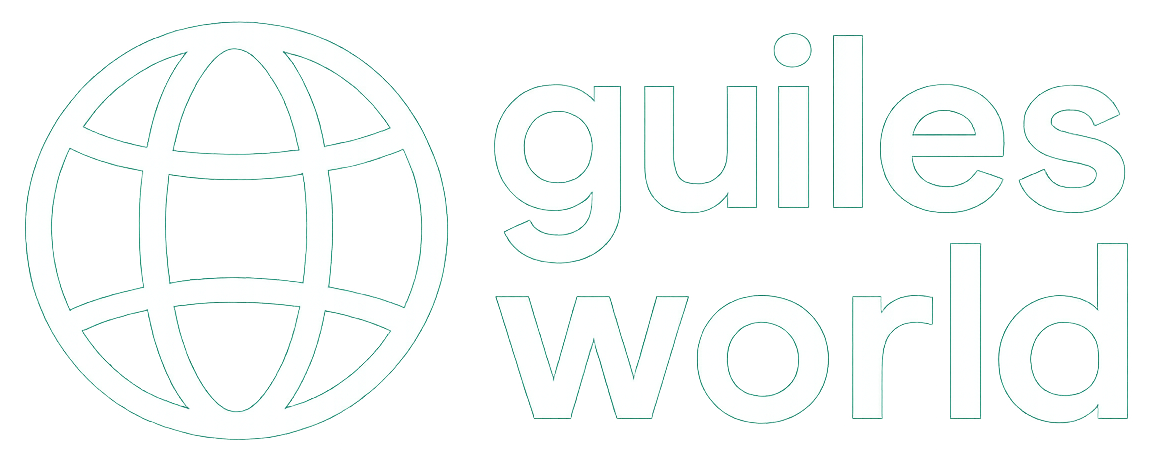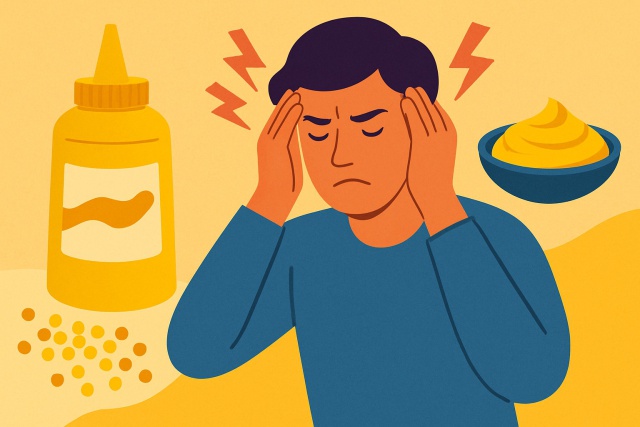
How Much Is a Nickel From 1954 Worth Today?


A lot of coin collectors and casual fans alike often find themselves wondering how much is a nickel from 1954 worth today. This article walks through the key factors that play into its value and touches on some coin collecting basics.
Getting to Know the 1954 Nickel and What You Should Really Know
The 1954 nickel is a classic piece of American coinage and part of the Jefferson Nickel series that started in 1938. Crafted from tough cupronickel, it proudly sports a portrait of Thomas Jefferson on the front with Monticello, his beloved Virginia home, on the back. That year, 1954, falls in the post-war boom when coin designs kept their tried-and-true look even as the mint produced more of these metal tokens.
- The 1954 nickel is made of 75% copper and 25% nickel, a combo that packs a punch in durability and gives it its unmistakable silvery gleam.
- On the front you’ll spot Thomas Jefferson’s profile thoughtfully crafted by Felix Schlag with the date proudly stamped for all to see.
- Flip it over and there’s Monticello, Jefferson’s historic home, with mint marks that reveal exactly where this little piece of history was born.
- In 1954 the U.S. economy was riding high after World War II. This meant plenty of coins were minted and the design stayed true to the style from earlier years—no surprises, just good old-fashioned consistency.
What Factors Really Tip the Scales on a Coin’s Value
Figuring out a coin's value takes more than just eyeballing its face value or noting its age. Several factors play a role—rarity, popularity with collectors, condition, and the type of metal all chip in.
- Rarity and mintage numbers really shake up a coin’s value because those produced in smaller runs or with mistakes catch collectors’ eyes and grow more valuable over time.
- The condition and grading scale are very important too. Coins that have been carefully preserved usually earn higher grades and fetch better prices.
- Collector demand can’t be ignored. Popular coins or ones that fit into particular collections often carry a nice premium.
- Historical significance adds a certain je ne sais quoi especially when the coin connects to noteworthy events or periods that bring out nostalgia or intrigue.
- There’s a tug-of-war between metal value and numismatic value since sometimes the metal inside whether nickel, silver or another gives the coin solid value beyond its collectible appeal.
Getting to Grips with Coin Condition and Grading Basics
Coin grading is a way to size up a coin's condition, ranging from Poor to Mint State (fresh out of the bag and flawless). When experts examine your 1954 nickel, they focus on the wear on Jefferson's face, scratches that might bother collectors, how much original shine remains, and whether the date and mint mark are clear.

Visual guide illustrating the condition grades of a 1954 nickel, from heavily worn to pristine uncirculated examples.
What That 1954 Nickel Could Be Worth Today
The value of a 1954 nickel can swing quite a bit depending on its grade and which mint mark it carries. Common circulated coins without a mint mark or sporting a 'D' for Denver usually fetch just a bit above face value—often only a few dollars. When you find coins in higher grades, especially uncirculated ones hitting MS60 or better, their worth can climb from $5 up to over $20. Nickels stamped with an 'S' from the San Francisco mint generally fetch higher prices because fewer were made, making them a rare catch.
| Condition | Mint Mark (None/P) | Mint Mark (D) | Mint Mark (S) |
|---|---|---|---|
| Poor (P-1) | $0.05 to $0.10 | $0.10 to $0.20 | $0.15 to $0.25 |
| Good (G-4) | $0.15 to $0.30 | $0.20 to $0.40 | $0.30 to $0.50 |
| Fine (F-12) | $0.40 to $1.00 | $0.50 to $1.50 | $0.75 to $2.00 |
| Extremely Fine (EF-45) | $1.50 to $3.50 | $2.00 to $5.00 | $3.00 to $6.00 |
| Uncirculated (MS60+) | $5.00 to $15.00 | $8.00 to $20.00 | $10.00 to $25.00 |
Mint marks 'D' and 'S' indicate that coins were struck in Denver and San Francisco respectively. In 1954 the San Francisco mint sporting the 'S' mark usually churned out fewer nickels than Denver or Philadelphia. The latter notably lacked any mint mark. Because of this quirk those 'S' nickels tend to be rarer and sometimes fetch a higher value among collectors.
Common Myths People Often Believe About Coin Values
Many people tend to believe that all old nickels are worth a pretty penny or that their value is just tied to the metal prices. Some even jump to the conclusion that any coin from 1954 has to be rare or automatically a collector's treasure. Then there’s the old chestnut about cleaning coins making them more valuable—spoiler alert: that usually backfires.
- Not every old coin is a hidden treasure. Condition and rarity usually matter much more than how old it is.
- Metal prices do not often make a coin collectible, but they do affect the melt value. Keep that in mind if you’re only interested in the metal.
- Just because a coin was minted in a certain year doesn’t mean it’s rare. Production numbers vary, and that’s where the story gets interesting.
- Cleaning a coin might seem like a good idea, but it usually backfires by damaging the surface or removing the natural patina that collectors appreciate.
- Condition is king when it comes to value. Coins that have seen better days or taken damage generally don’t fetch top dollar.
Figuring Out What Your 1954 Nickel Is Worth (Because It’s More Than Just Spare Change)
Get a good sense of what your 1954 nickel might be worth by carefully checking its date and mint mark—these little details really matter. Next, give it a close once-over and pay attention to wear and how sharp those details still are. From there, it helps to compare your findings with recent price guides or auction results to get a feel for what the market is doing. If the coin looks like a keeper, you might want to consider professional grading services for an official stamp of approval.
Take a close look at the coin’s date and mint mark to confirm it’s actually a 1954 nickel and note exactly where it was made. Those little details can mean a lot.
Size up the coin’s condition by spotting any wear and tear or scratches and how crisp or worn down the lettering and design look. Sometimes the difference is clear, other times not so much.
Consult current coin price guides and recent auction results to get a feel for how your nickel’s grade stacks up against what’s selling for real money.
If your coin looks like a keeper, consider sending it to a professional grading service like PCGS or NGC for expert authentication and an official grade. You’re more likely to get top dollar that way.
Take a stroll through online auction sites and coin marketplaces to see what 1954 nickels with a similar grade are selling for. This’ll help you set a realistic asking price when you’re ready to part ways.
The Best Places and Methods to Sell a 1954 Nickel That Actually Work
Selling a 1954 nickel can actually be a pretty rewarding experience if you go about it the right way. Local coin shops and dealers are the usual go-to spots and easy enough to find but they often don’t match what passionate collectors might pay. Coin shows and conventions are like gold mines packed into one room. They bring together buyers and sellers and sometimes lead to better offers than you’d get elsewhere. Then there’s online auction sites like eBay, which open up your coin to a huge audience but require a bit of savvy when it comes to listing and shipping. That’s where many individuals stumble.
- Dropping by local coin shops and dealers can often get you a quick appraisal and let you sell your coins on the spot no fuss.
- Heading to coin collecting conventions usually puts you in the mix with serious collectors who have an eye for rarer and more sought-after pieces.
- Online auction sites like eBay cast a wide net reaching collectors around the globe but you’ll want clear photos and detailed descriptions to catch their attention.
- Specialized coin marketplaces focus on numismatic sales and often provide better exposure making it easier to connect with individuals who really know their stuff.
- Professional grading services and auction houses tend to fetch higher prices especially for certified coins in tip-top condition—something I have found time and again in this hobby.
When determining how much is a nickel from 1954 worth, keep a close eye on those seller fees since they can sneakily nibble away at your net return, and definitely double-check a buyer's authenticity before you part with any valuable coins. Wrapping your nickel in some sturdy packaging is a small but smart move to keep it safe during the shipping adventure. Selling when market demand is riding high usually gives your profits a nice little boost, so it pays to keep a finger on the pulse of current trends.





